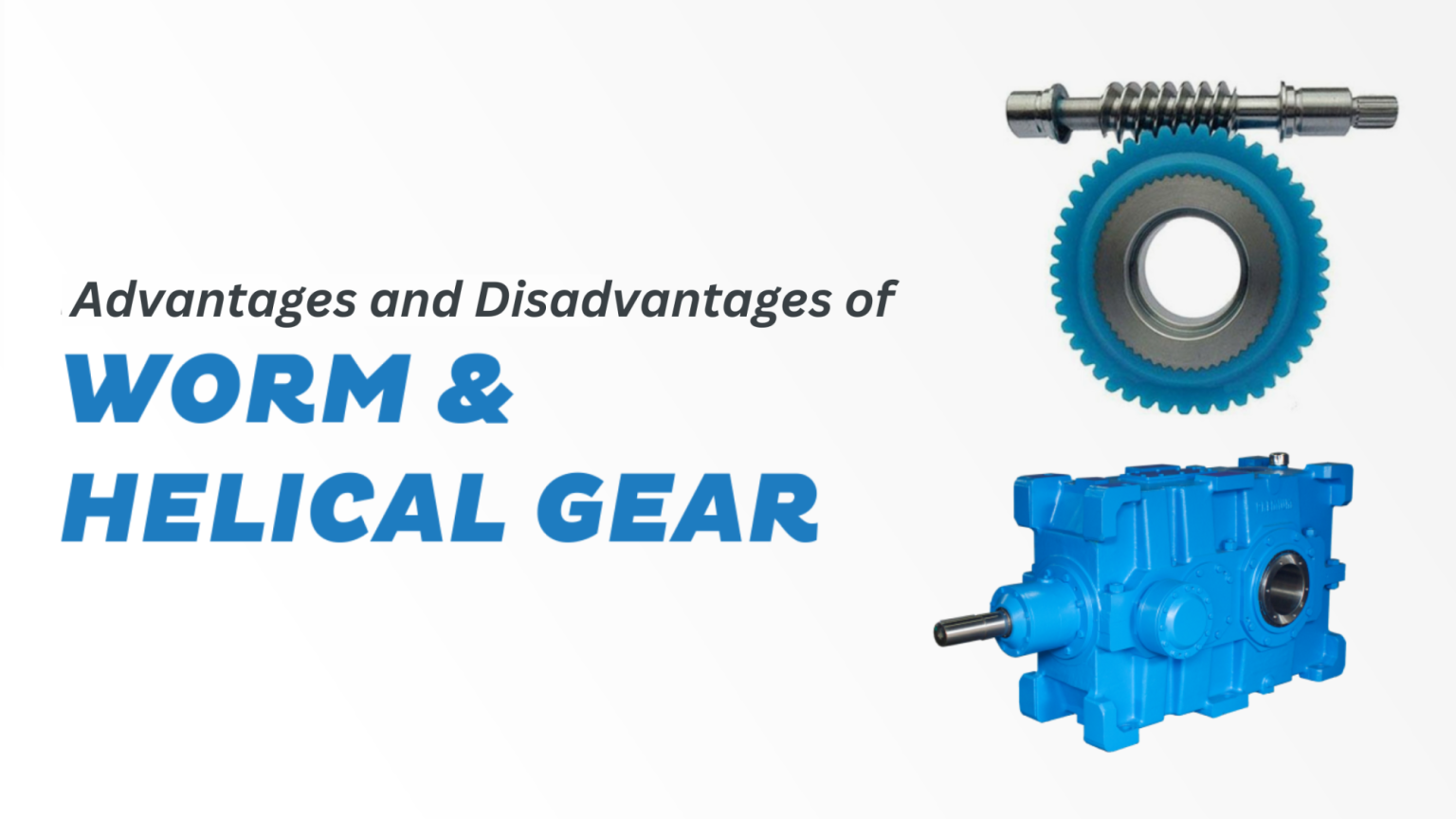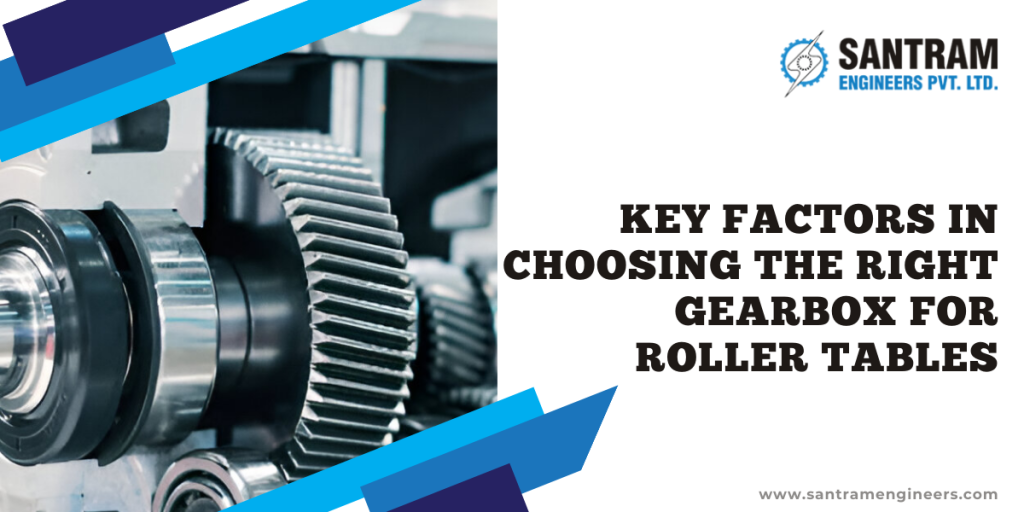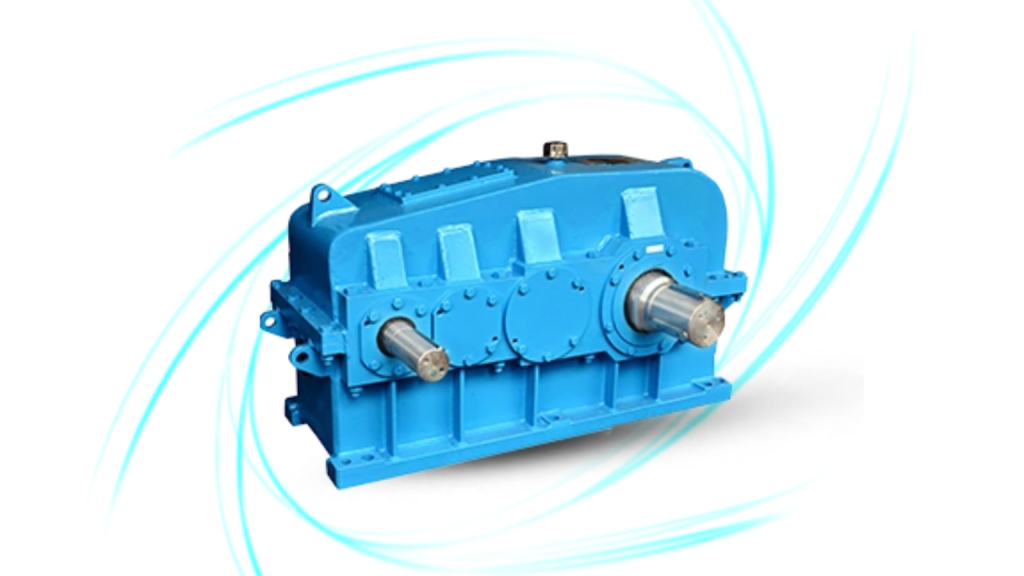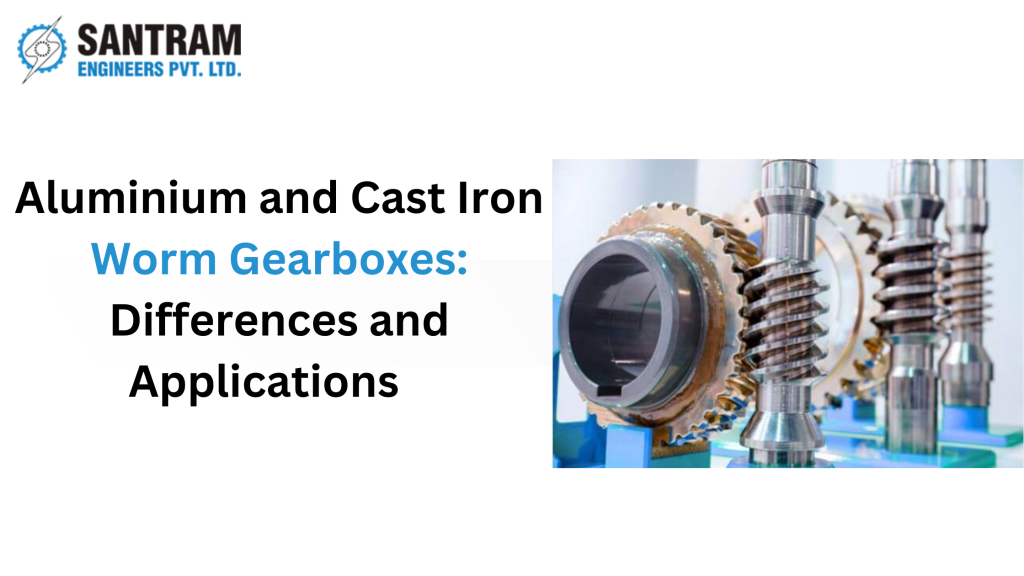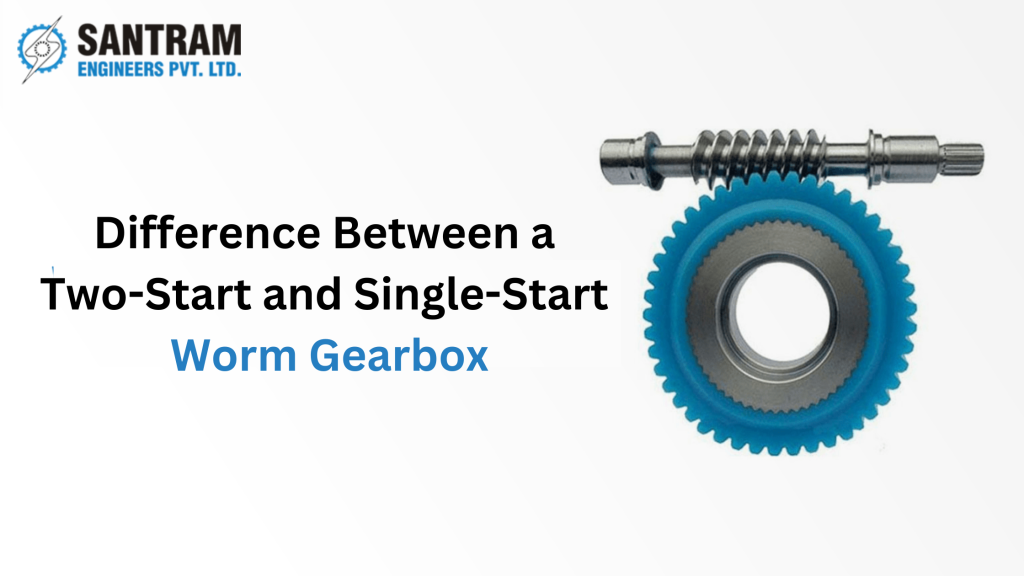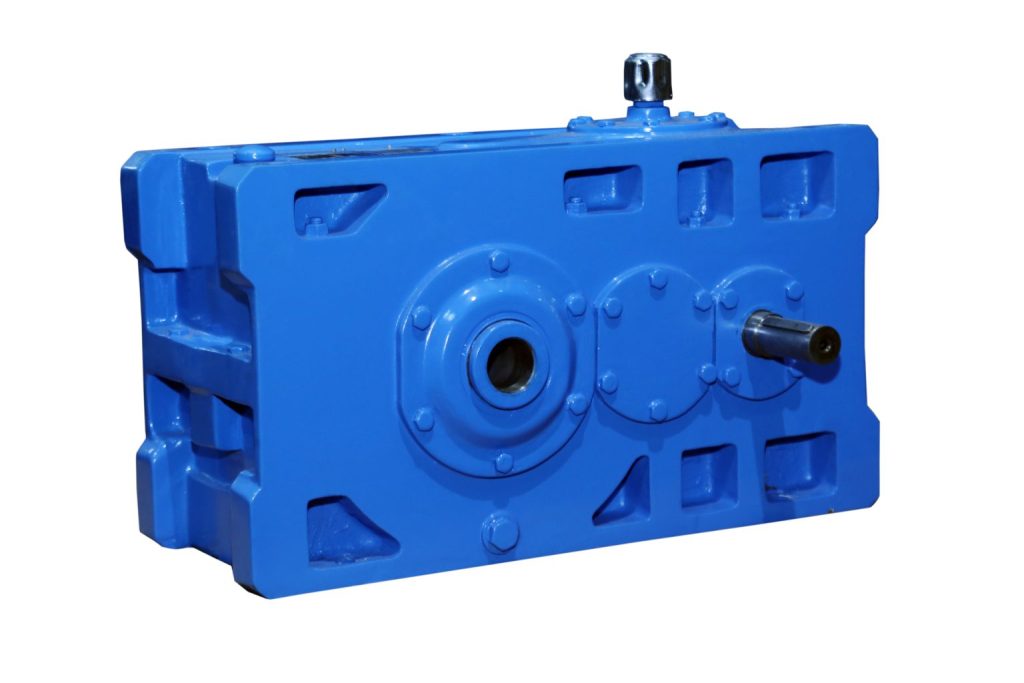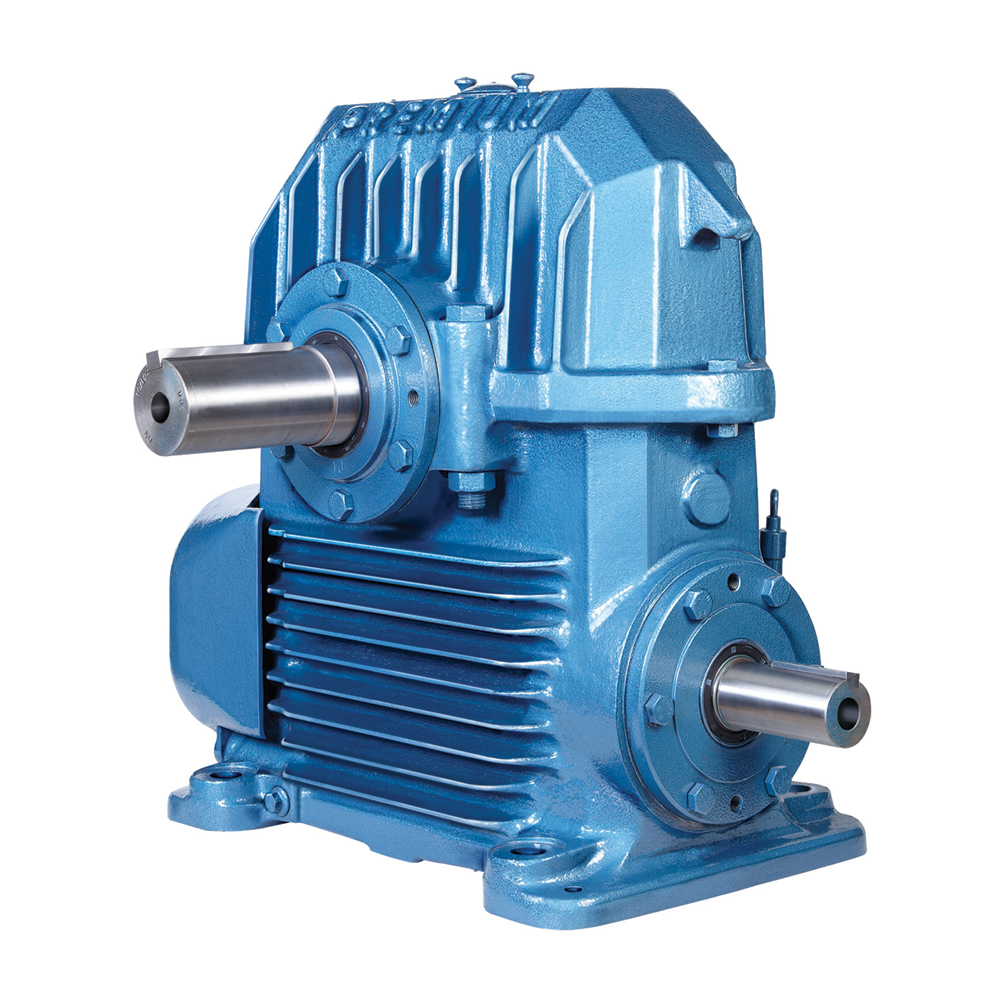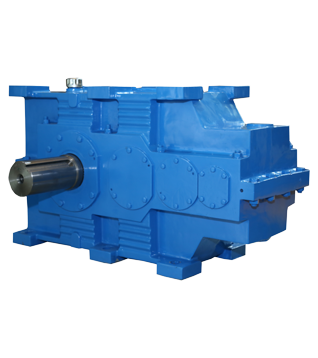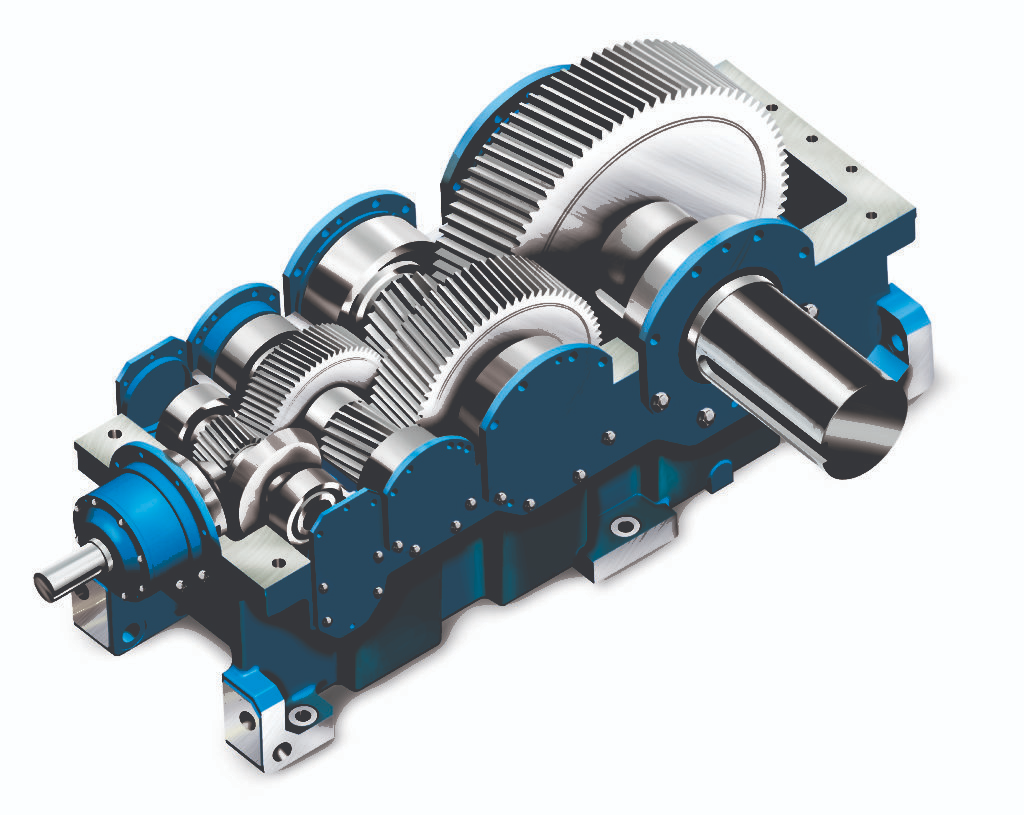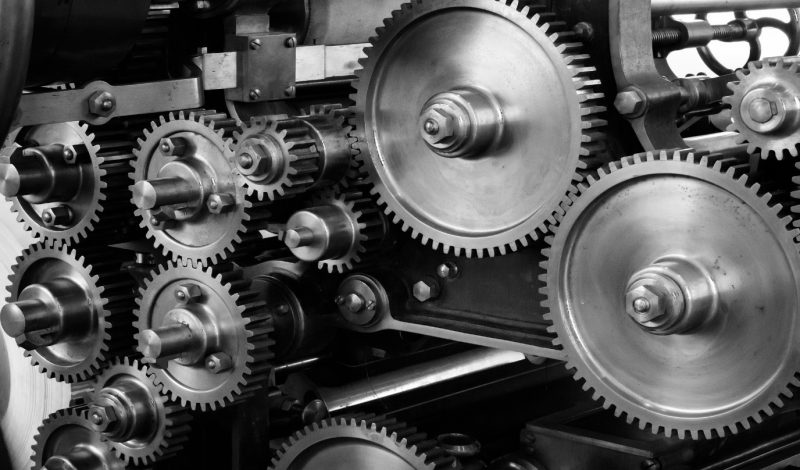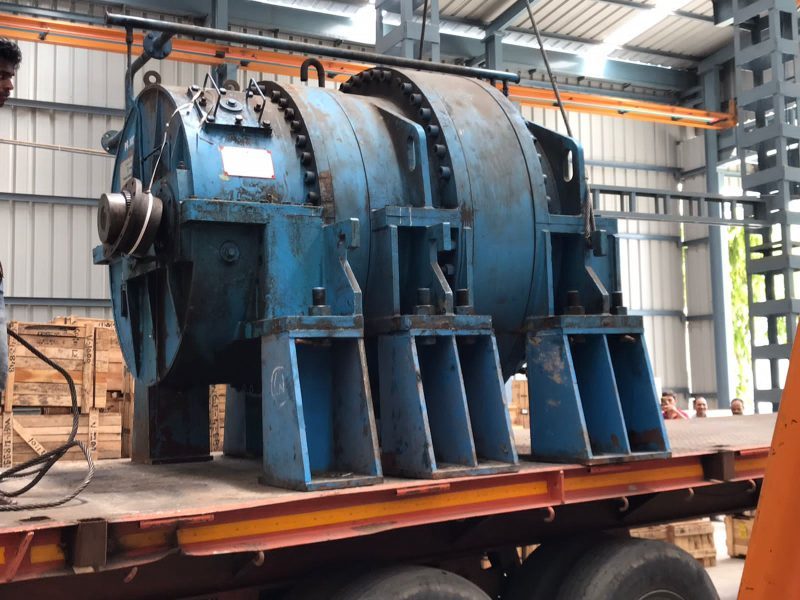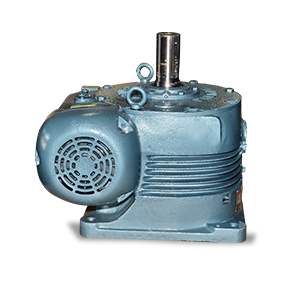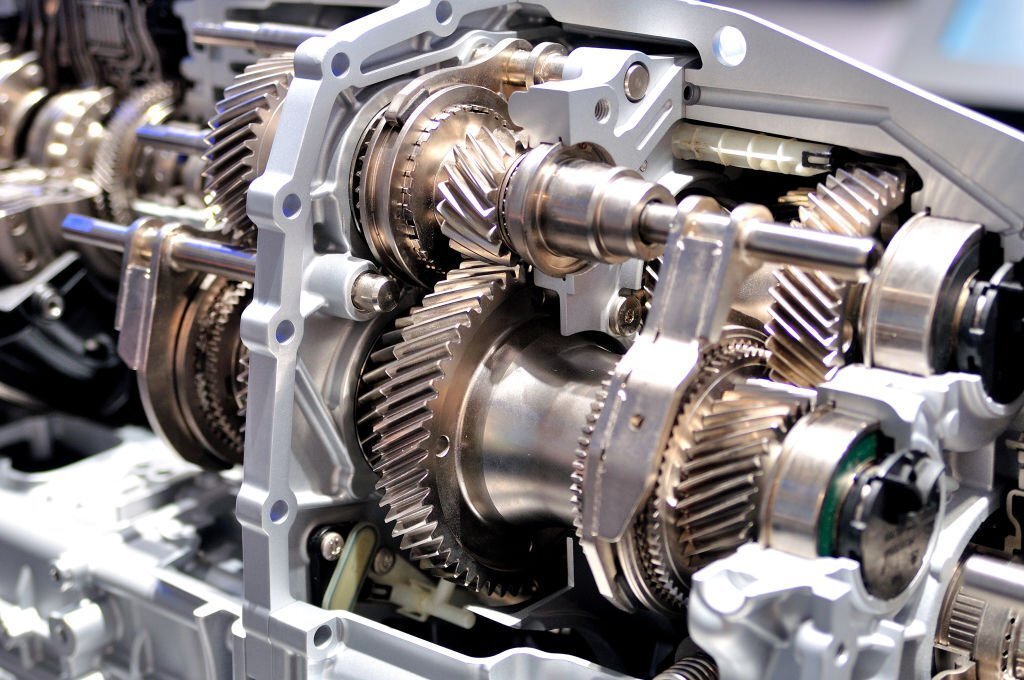Gearboxes play a crucial role in various industrial applications, providing torque multiplication, speed reduction, and power transmission. Two popular types of gearboxes used in industrial settings are helical gearboxes and worm gearboxes. Each type offers distinct advantages and disadvantages, making them suitable for different applications.
This article compares both types to help you make an informed choice for your industrial gearbox needs.
Advantages of Helical Gearboxes
1. Higher Efficiency
Helical gearboxes are known for their higher efficiency compared to worm gearboxes. The helical gear design allows for more teeth engagement, resulting in reduced friction and energy losses during power transmission. This translates to improved overall efficiency and lower energy consumption.
2. Smoother and Quieter Operation
The helical gear design also offers smoother and quieter operation. The angled teeth of helical gears allow for gradual tooth engagement, reducing noise and vibration levels. This makes the gearboxes suitable for applications where noise reduction is important, such as in manufacturing facilities or noise-sensitive environments.
3. Greater Load-Carrying Capacity
Helical gearboxes have a higher load-carrying capacity compared to worm gearboxes. The inclined tooth design enables multiple teeth to be in contact at any given time, distributing the load across a larger contact area. This results in improved torque transmission capabilities and allows the gearboxes to handle higher loads without compromising performance.
4. Improved Torque Transmission
The helical gear design provides a larger contact area between the gears, resulting in improved torque transmission. This is especially beneficial in applications that require high torque and heavy-duty operations, such as conveyors, crushers, and mixers.
5. Better Alignment Capabilities
Helical gearboxes offer better alignment capabilities compared to worm gearboxes. The gear design allows for slight misalignments between the input and output shafts without a significant impact on performance. This makes them easier to install and maintain, reducing the need for precise alignment during assembly.
Disadvantages of Helical Gearboxes
1. Higher Manufacturing Costs
Helical gearboxes typically involve higher manufacturing costs compared to worm gearboxes. The design and production process of helical gears requires greater precision and specialized machining, resulting in increased production expenses. This can affect the overall cost of the gearbox, making it a less economical choice for some applications.
2. Requires Accurate Alignment for Optimal Performance
Although helical types offer better alignment capabilities, they still require an accurate alignment for optimal performance. Misalignment can lead to increased noise, vibration, and premature wear of gears and bearings. Proper alignment procedures and regular maintenance are necessary to ensure the reliable and efficient operation of the gearboxes.
3. Potential Axial Thrust and Bearing Wear
Helical gearboxes can generate axial thrust forces during operation, which can exert additional load on bearings. This thrust can lead to increased bearing wear and reduce the overall lifespan of the gearbox. Careful consideration and selection of appropriate bearings are essential to mitigate this issue.
4. Limited Speed Range Compared to Worm Gearboxes
These gearboxes have a limited speed range compared to worm gearboxes. The design and tooth engagement characteristics of the gears make them more suitable for moderate to high-speed applications. If your application requires extremely low speeds or very high speeds, this may not be the ideal choice.
5. Increased Complexity in Design and Assembly
Helical gearboxes generally have a more complex design and assembly process compared to worm gearboxes. The angled tooth profiles and multiple gears require precise machining, assembly, and lubrication. This complexity can increase the chances of errors during manufacturing and assembly, demanding greater attention to detail.
Advantages of Worm Gearboxes
1. High Gear Ratio Capability
Worm gearboxes excel in providing high gear ratio capabilities. The worm gear design allows for a large reduction in rotational speed while maintaining a compact gearbox size. This makes worm gearboxes suitable for applications where high torque multiplication and low-speed output are required.
2. Self-Locking Feature Prevents Back-Driving
One of the significant advantages of these gearboxes is their self-locking feature. The unique geometry of the worm and worm wheel prevents back-driving, meaning the load cannot drive the input shaft in reverse. This feature is highly valuable in applications where maintaining position or preventing reverse movement is critical.
3. Compact Design
Worm gearboxes have a compact design, making them suitable for applications with limited space or restricted installation dimensions. The input and output shafts are positioned at right angles, allowing for efficient power transmission in tight spaces.
4. Simple and Cost-Effective Manufacturing
These gearboxes are relatively simple to manufacture compared to helical gearboxes. The worm and worm wheel can be produced using cost-effective methods such as hobbing or milling. This simplicity in manufacturing results in a more affordable option for certain applications.
5. Can Transmit Power at Right Angles
The ability of worm gearboxes to transmit power at right angles makes them versatile in various industrial applications. This feature allows for the redirection of power in complex systems or applications where space limitations require a change in the power transmission direction.
Disadvantages of Worm Gearboxes
1. Lower Efficiency Compared to Helical Gearboxes
Worm gearboxes have lower efficiency compared to their helical counterparts. The sliding contact generates more friction and heat, resulting in energy losses during power transmission. This reduced efficiency can lead to higher energy consumption and increased operating costs.
2. Generates More Heat Due to Sliding Contact
The sliding contact in these industrial gearboxes generates more heat compared to the rolling contact in helical gearboxes. This increased heat generation can impact the performance and lifespan of the gearbox, necessitating proper lubrication and cooling measures to maintain optimal operating conditions.
3. Limited Torque-Carrying Capacity
Worm gearboxes have a limited torque-carrying capacity compared to helical gearboxes. The sliding contact and the lower number of gear teeth engaged at any given time restrict the amount of torque that can be transmitted. This limitation makes them less suitable for high-torque applications.
4. Prone to Backlash
These are prone to backlash, which refers to the clearance between the teeth when changing rotational direction. It can affect the accuracy and precision of motion control systems, leading to reduced performance and positioning errors. Proper backlash management techniques, such as preloading or using anti-backlash mechanisms, may be required to minimize its impact.
5. Noisier Operation
Worm gearboxes tend to produce more noise during operation compared to helical gearboxes. The sliding contact between the worm and worm wheel results in higher levels of noise and vibration. In applications where noise reduction is a priority, additional noise-dampening measures or alternative gearbox options may need to be considered.
Comparison and Applications
Helical gearboxes are often preferred over worm gearboxes in applications that prioritize efficiency, smooth operation, and high load-carrying capacity. Industries such as mining, cement, steel, and heavy machinery benefit from helical counterparts due to their ability to handle heavy loads and provide reliable torque transmission. For example, in mining applications, helical gearboxes are used in conveyors, crushers, and mills where high torque and load-carrying capabilities are essential.
On the other hand, worm gearboxes find prominent use in applications that require high gear ratios, self-locking features, and compact designs. Industries such as automotive, food processing, packaging, and material handling utilize these in various applications. For instance, in automotive manufacturing, they are employed in power windows, seat adjusters, and steering systems due to their self-locking feature and ability to transmit power at right angles.
Real-life examples and case studies can provide valuable insights into the decision-making process and the benefits derived from selecting the appropriate gearbox type. For instance, a case study in the food processing industry may highlight how the selection of a helical gearbox for a high-torque mixing application resulted in improved efficiency, reduced maintenance costs, and smoother operation. Alternatively, a case study in the automotive industry could demonstrate how the choice of a worm gearbox in a power window system ensured reliable positioning and prevented unintentional movement.
Recent Developments and Future Outlook
Recent advancements and innovations in helical and worm gearbox technology have focused on improving efficiency, reducing noise and vibration, enhancing durability, and integrating smart features. Manufacturers have been exploring new materials, such as advanced composites or specialized coatings, to improve the performance and lifespan of gearboxes.
The integration of smart features, such as condition monitoring sensors and predictive maintenance capabilities, is becoming increasingly common in industrial gearboxes. These features allow for real-time monitoring of gearbox health, early detection of potential issues, and optimized maintenance schedules, leading to improved reliability and reduced downtime.
Looking ahead, the future prospects of both types of gearboxes are promising.
Advancements in manufacturing processes, materials science, and design techniques will continue to enhance the performance and efficiency of gearboxes. The integration of Industry 4.0 technologies, such as artificial intelligence and machine learning, may further optimize gearbox design, performance, and maintenance.
Additionally, emerging trends in the industrial sector, such as the growth of renewable energy, automation, and robotics, will drive the demand for efficient and reliable gearboxes.
We Offer Helical & Worm Gearboxes for Enhanced Performance
Experience enhanced performance and efficiency in your industrial applications with our top-of-the-line helical and worm gearboxes. At Santram Engineers, we specialize in providing high-quality gearboxes designed to meet the demands of modern industries.
Whether you require the higher efficiency and load-carrying capacity of helical gearboxes or the self-locking features and compact design of worm gearboxes, we have the perfect solution for you. Our gearboxes are crafted with precision engineering, utilizing advanced materials and manufacturing techniques to ensure superior performance and durability.
Don’t settle for subpar gearboxes that compromise your operations. Trust in our expertise and industry-leading products to optimize your power transmission systems. Increase productivity, reduce downtime, and enhance the overall efficiency of your industrial processes.
Contact us at +91 96247 39393 or email us at sales@santramengineers.com and let our team of experts assist you in choosing the right gearbox tailored to your specific needs.

